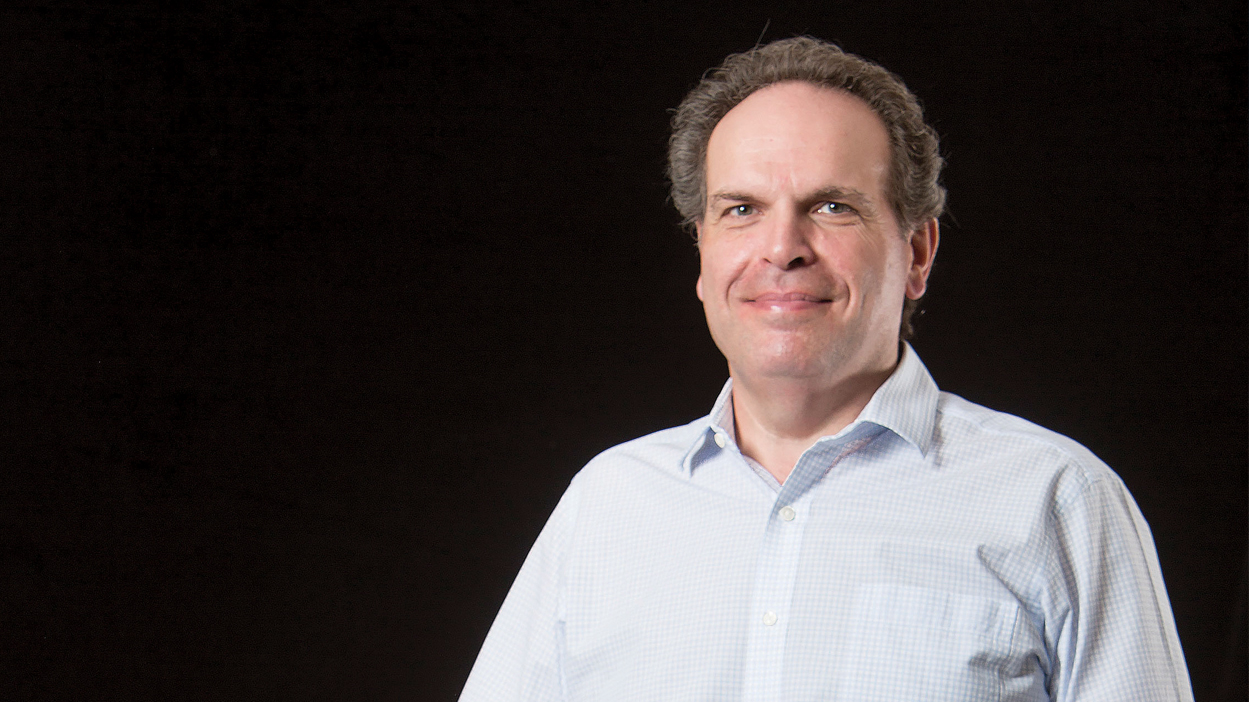Toronto-based horse owner Frank Di Giulio, Jr., perhaps best known, of late, as a partner in 2017 Horse of the Year Pink Lloyd, has owned horses for 38 years. Today, Di Giulio, Jr. owns some 50 horses, including 10 broodmares that are bred, primarily, to Ontario stallions.
Di Giulio, Jr., who has employed Bob Tiller as his trainer for all 38 years, is also extremely loyal to the Ontario racing and breeding scene, and as such, has devoted the last 24 years to serving as a director of the Canadian Thoroughbred Horse Society (CTHS). His mares are bred, primarily, to Ontario stallions and he is passionate about enhancing the Ontario Sired program.
What are the most critical challenges facing the industry in Canada today?
“There is increased competition for the gambling dollar as bettors have the ability to wager on practically any sport or casino game literally at their finger-tips. This puts pressure on thoroughbred racing to attract new fans and gamblers to help support wagering that, in turn, supports the purse structure. The thrill and excitement of live horse racing must be promoted from a gambling and ownership perspective.
“There is an overall shortage of horses. The best source of horses is from the Ontario breeder — horses raised in our own backyard — with a large percentage sired by Ontario stallions. Supporting these breeders by making their product more valuable using race restrictions is an excellent way to get more foals on the ground that will race in Ontario.
“The misconceived concept held by Woodbine management that they would ‘like to have less restricted races’ must be corrected. Most Ontario breeders cannot survive without some restricted program for their Ontario Sired product because it gives their horses a better chance to earn purse money and therefore makes their horses more desirable. The Ontario Sired (OS) program has been systematically decimated by Woodbine over the last few years. Initially, two or three OS Stakes races were cut each year. Seven more have been eliminated this year, reducing the number from a high of 23 OS Stakes to 11 in 2020 (with probably more reductions to come in the future). This will put even more pressure on the majority of Ontario breeders to survive.”
What needs to change about the industry in the next 5-10 years?
“It is imperative that there has to be more involvement by horsemen in decision making regarding the future of racing in Ontario. Lines of communication between racetrack management and horsemen have to be a two-way street, not just management dictating what is going to be done.
“The integral contribution of Ontario breeders, owners and trainers to the thoroughbred industry must be valued, appreciated and taken seriously. These are the people who have the most invested financially and therefore have the most personally at risk. More horsemen should be in decision making positions.
“Federal income tax laws have to change. Despite tireless efforts from the late Michael Van Every and the late John Unger and others in attempting to affect improvements as to how horse racing is treated by the Federal government, their work has unfortunately mostly fallen on deaf ears. Until the tax laws are changed and horse racing losses are treated like those in other businesses, convincing new people to invest in our industry will remain difficult.
“When SARP was ended almost 10 years ago, the term ‘alternative gaming’ kept being talked about as a source of funding that would allow the industry to not only survive, but hopefully prosper. To date ‘alternative gaming’ hasn’t materialized and doesn’t appear to be imminent. If participants in the thoroughbred industry in Ontario don’t see some kind of light at the end of the tunnel, it will be difficult for them to invest with any degree of confidence.”
How can you help affect that change?
“I have a substantial personal investment in the industry as I currently own approximately 50 horses, either alone or with partners, including 10 broodmares that are bred primarily to Ontario stallions. I have brought new people into the business as owners through partnerships and I encourage other experienced owners to do the same.
“It can be an intimidating sport to take part in, but not if people are guided by knowledgeable industry members who can show them how wonderful and exciting this sport can be.
I have been a director of the Ontario division of the CTHS for 24 years and a member for 34 years. I have used my knowledge and experience to work for the best interests of the breeders – the people who produce the product that fills the races at Woodbine and Fort Erie for fans to wager on. Without the breeders of Ontario, racing would not exist in Ontario.
“However, ironically, I don’t feel very ‘influential’ at the moment because the voice of the CTHS has been muffled and control of the breeders’ program has been removed.”
Where do they see the thoroughbred industry in Canada in 10 years?
“The horsemen of Ontario will become more influential and will have open and respectful dialogue with racetrack management. Future actions will not be dictated, but instead be collaboratively decided between horsemen and management.”


